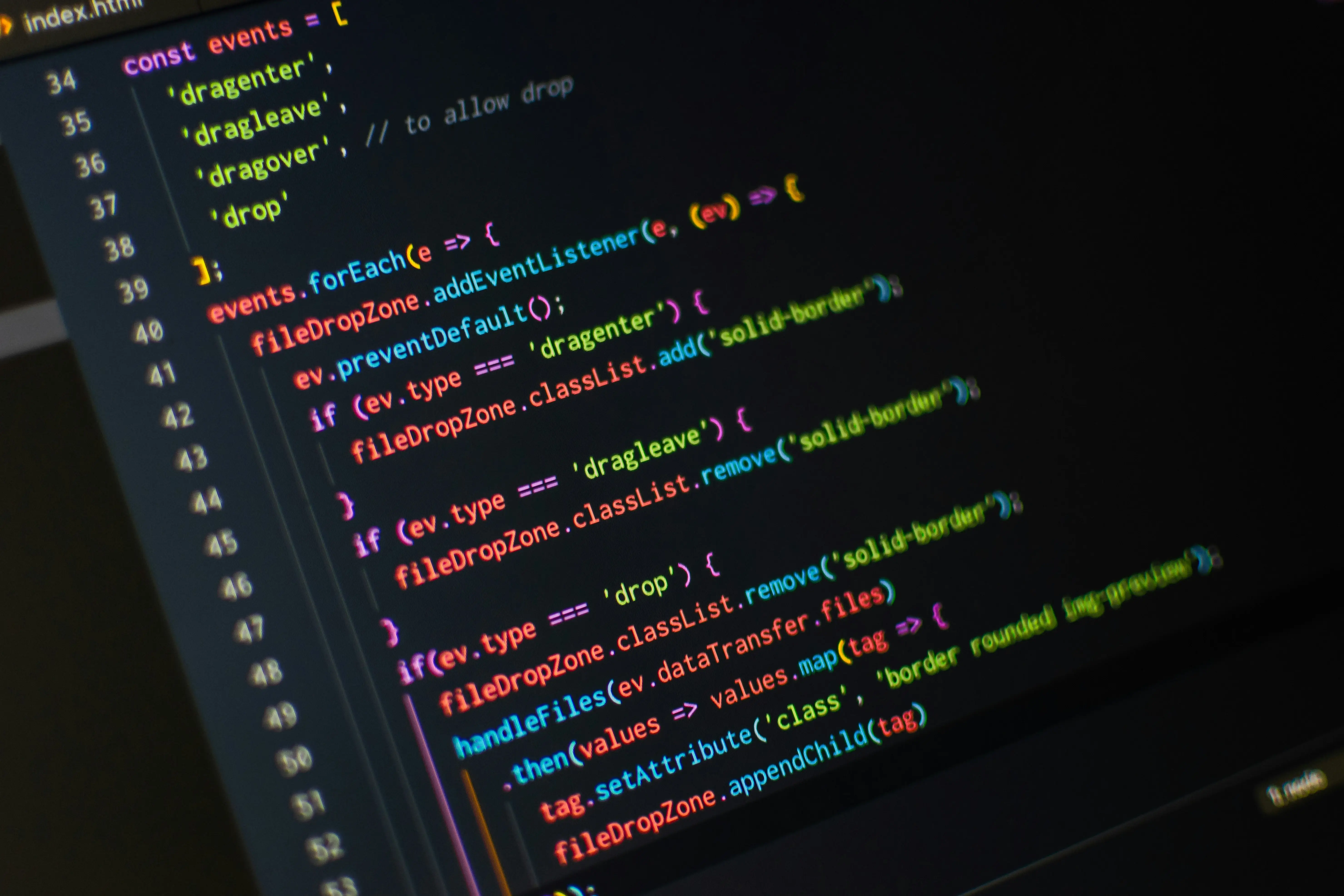Completely halting a project might seem like a cost-saving move, but in reality, it often creates more problems than it solves. Here’s why we chose to keep essential work running in the background:
• Rebooting would have been costly and time-consuming. Fully pausing would mean significantly more effort to restart the project later.
• Technology evolves fast. Platforms like Java, Spring Boot, Docker, and our dev tools are constantly updating. Without regular maintenance, the project risks falling behind and becoming unstable or even incompatible.
• Prolonged inactivity causes cascading issues:
• Developers need time to re-familiarize themselves with the codebase and business logic.
• Technical debt builds up — outdated code, deprecated dependencies, and broken tools all slow down progress.
• CI/CD pipelines and build tools may break or become obsolete, introducing avoidable delays.
Real-World Analogy: Starting a Parked Car
The tech stack is like a car. If you leave it parked and untouched for too long, it won’t run smoothly — or at all — when you finally need it.
Picture this: a car sits idle in a garage for four months. When you try to drive it again:
• The battery may be dead.
• Tyres could be under-inflated.
• The oil might have degraded.
You’ll need time and money just to get it roadworthy again.
Instead, we keep the engine running.
We start the car regularly, topped off the fluids, and ensured the battery stayed charged — so now it’s ready to drive, immediately and reliably.
The Result: A Modern, Ready-to-Go Project
Because we keep the infrastructure warm:
• The system is stable and compatible with modern tools.
• Development can resume immediately — no rework, no surprises.
• We’ve already saved time and cost that would otherwise go into resuscitating an outdated, dormant codebase.
Real-World Analogy: Rehearsing with the Band
Think of the development team as a music band — they need to stay in sync.
Now imagine a band that stops rehearsing for four months. When it’s time to perform:
• Musicians are rusty and need to relearn songs.
• Instruments may be out of tune.
• Coordination and timing are off.
• Initial rehearsals are wasted just getting back up to speed.
Compare that to a band that keeps rehearsing, even without playing new material:
• Everyone stays sharp.
• Equipment is maintained.
• They’re ready to perform at a moment’s notice — with fewer mistakes and less stress.
That’s exactly what we do.
We keep the “infrastructure band” rehearsing — maintaining tools, updating systems, and tuning the environment — so that when development ramps up, there’s no costly catch-up phase.









